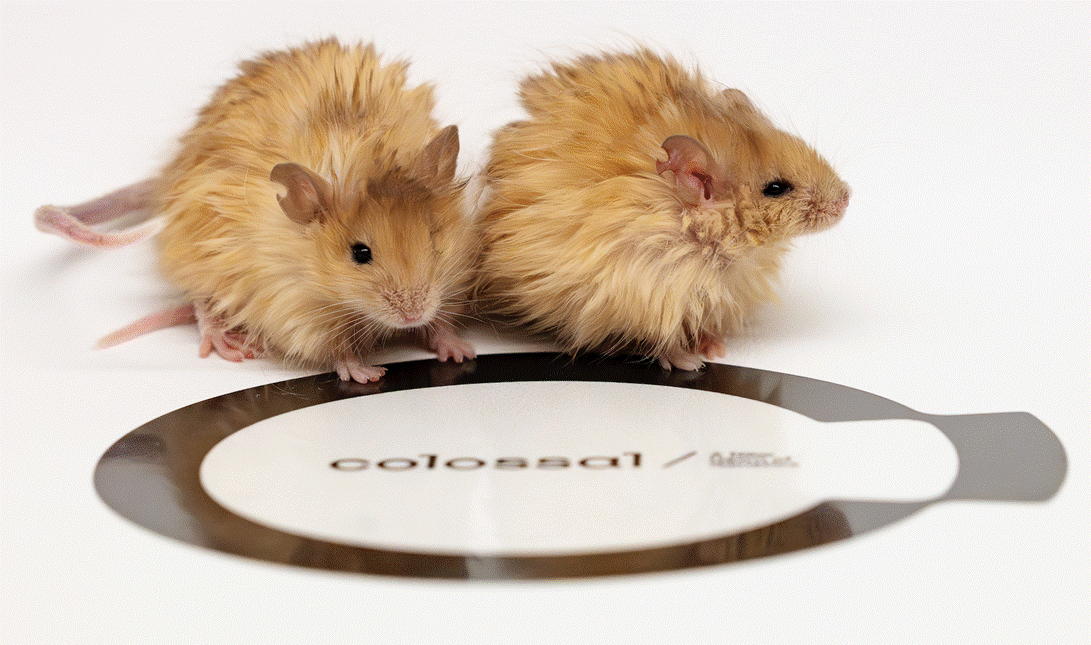Colossal Biosciences’ Bold Quest: Reviving the Woolly Mammoth by Creating a Woolly Mouse!
Colossal Biosciences is making headlines with its ambitious objective to resurrect the woolly mammoth by 2028. The company claims steady advancements in this groundbreaking endeavor, with recent developments including the genetic engineering of mice to exhibit mammoth-like fur.
Progress in Genetic Engineering: The Woolly Mouse
According to Dr. Beth Shapiro, chief science officer at Colossal, the team has successfully identified mouse versions of mammoth genes and utilized CRISPR technology to edit mouse embryos. These modified embryos were then implanted into surrogate mouse mothers.
The result? Mice with fur that closely resembles the color, texture, and thickness typical of woolly mammoths.
Potential for Cold Climate Survival
Colossal Biosciences believes that the unique woolly coat of these genetically engineered mice will enhance their chances of survival in cold environments. However, before advancing to further experiments, the company must secure approval from the Institutional Animal Care and Use Committee (IACUC), which oversees ethical standards in animal research.
Future Testing and Adaptation
To ensure that these genetic modifications truly improve cold tolerance, the company will conduct tests on the engineered mice. This research is a critical step towards understanding how similar adaptations could benefit the woolly mammoth’s reintroduction into its former habitat.
Mapping the Woolly Mammoth Genome
Colossal’s innovative approach to de-extinction involves an extensive mapping of the woolly mammoth’s genome, comparing it with that of its closest living relative, the Asian elephant. This comparative analysis is vital for identifying the genetic differences that contributed to the mammoth’s unique adaptations.
Investor Confidence and Future Goals
Investors have expressed enthusiasm about the rapid technological advancements made by Colossal. In January, the company announced a successful $200 million funding round, achieving a valuation of $10.2 billion, according to co-founder and CEO Ben Lamm.
In addition to the woolly mammoth, the company is also targeting the revival of other extinct species, including the Tasmanian tiger and the dodo bird.
Challenges Ahead: Expert Opinions
Despite the company’s ambitious timeline, experts like David Gold, a professor of Paleobiology at UC Davis, caution that achieving the 2028 goal may be overly optimistic. He notes that while producing mutations in mice is challenging, the task of recreating a woolly mammoth is significantly more complex.
- Gold emphasizes the numerous genetic differences between elephants and mammoths.
- He believes that while recreating the woolly mammoth is feasible, significant technical hurdles remain.
Nonetheless, Ben Lamm considers the development of the woolly mouse a pivotal achievement for the company’s de-extinction mission. “The animals were born healthy, and they had the exact phenotypes that we predicted,” Lamm stated. “The only thing that was unintended was the adorability factor. They are just way cuter than we anticipated.”
As Colossal Biosciences continues its journey toward de-extinction, the world watches closely to see how this groundbreaking technology unfolds.







